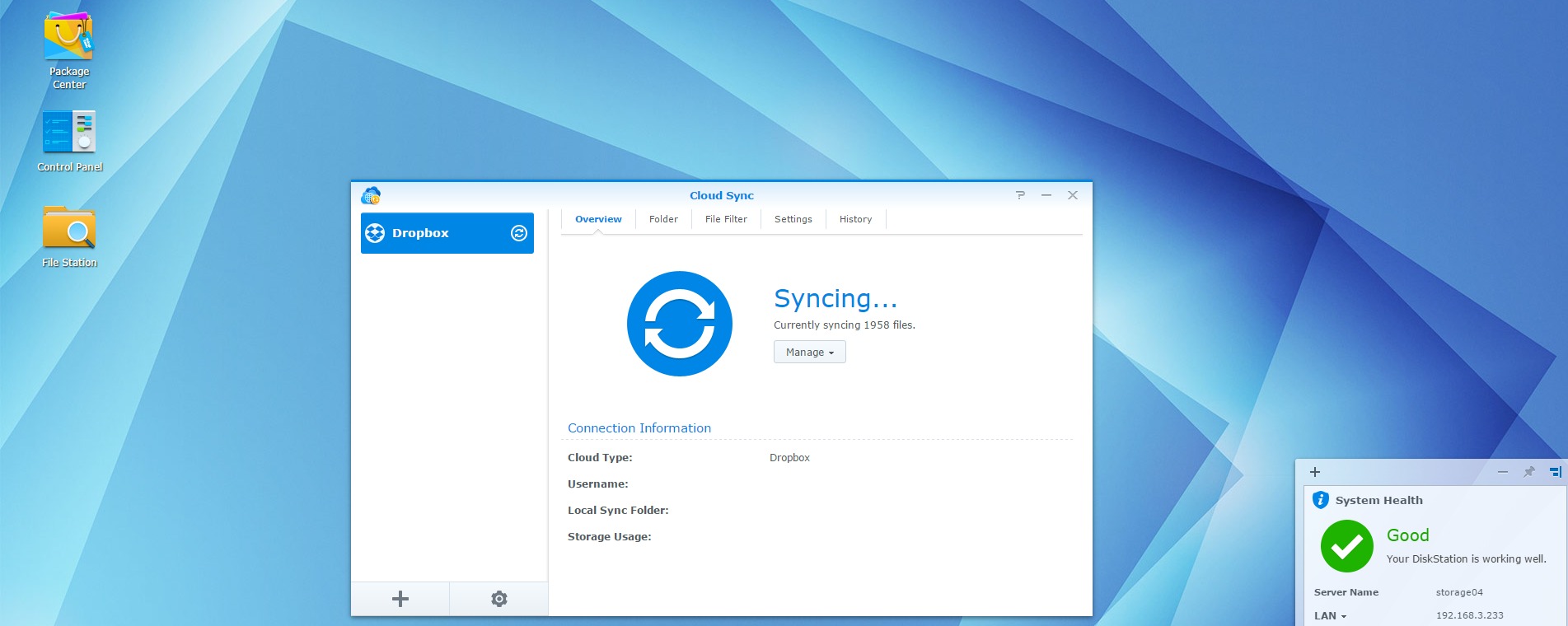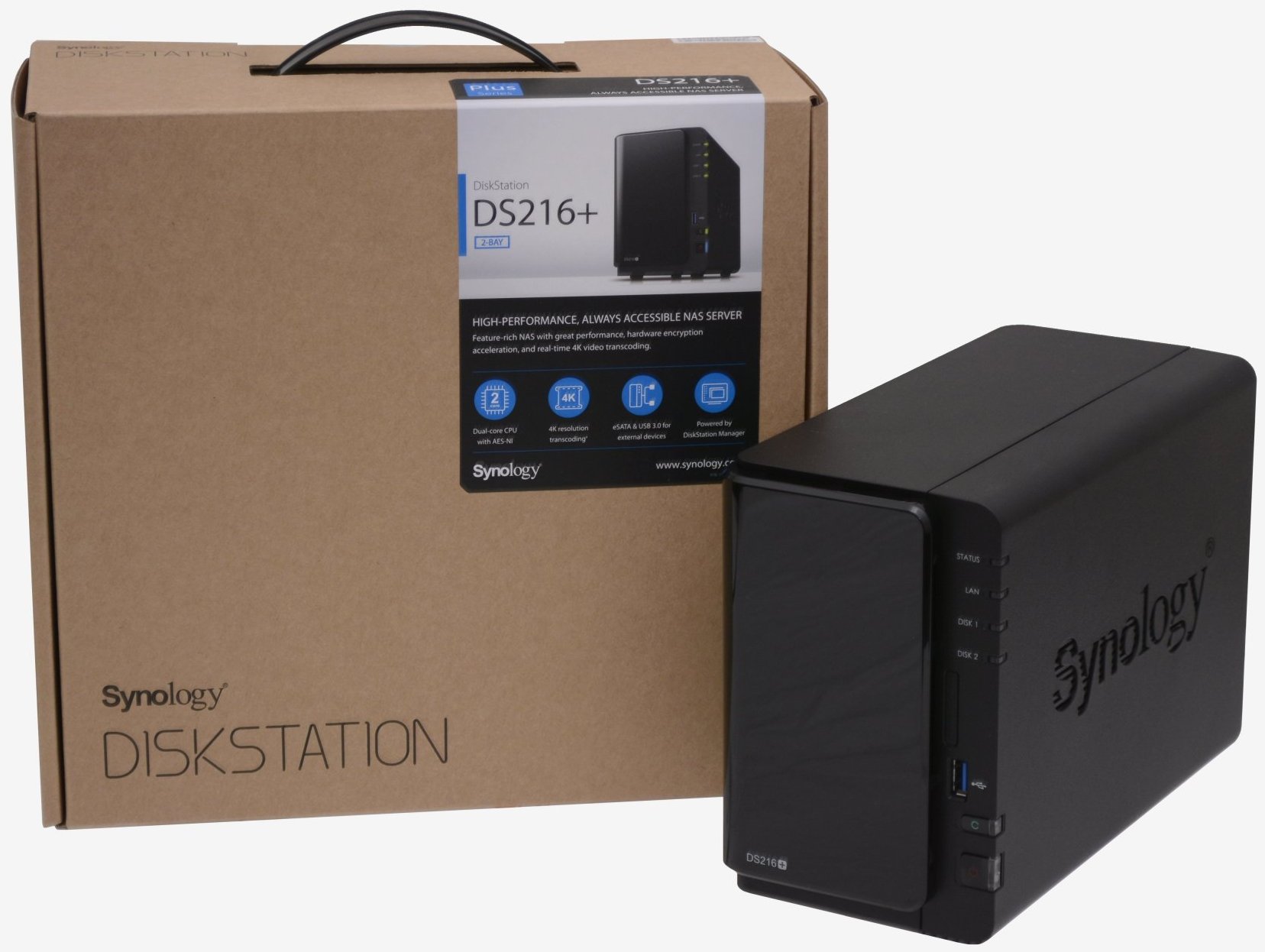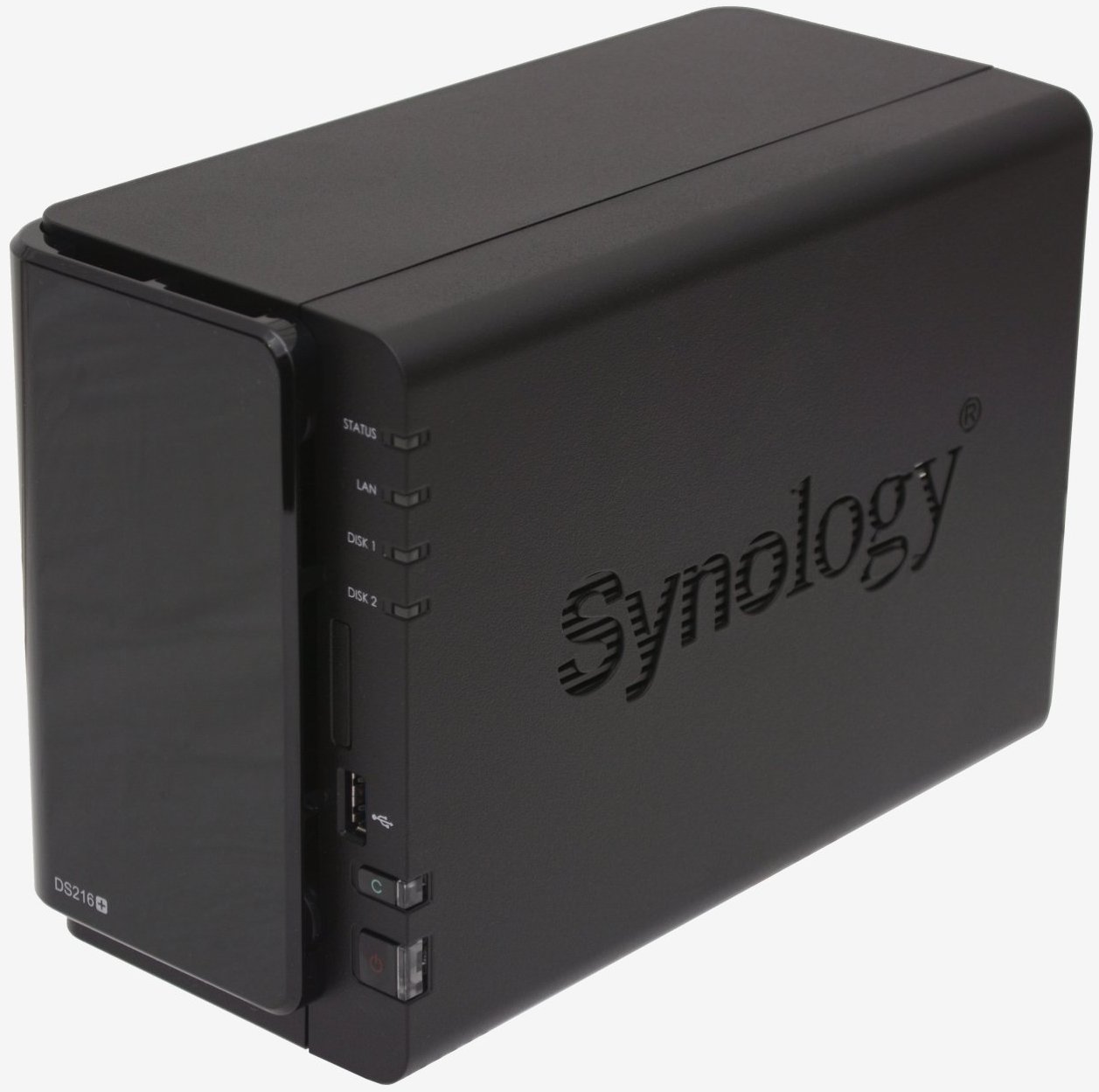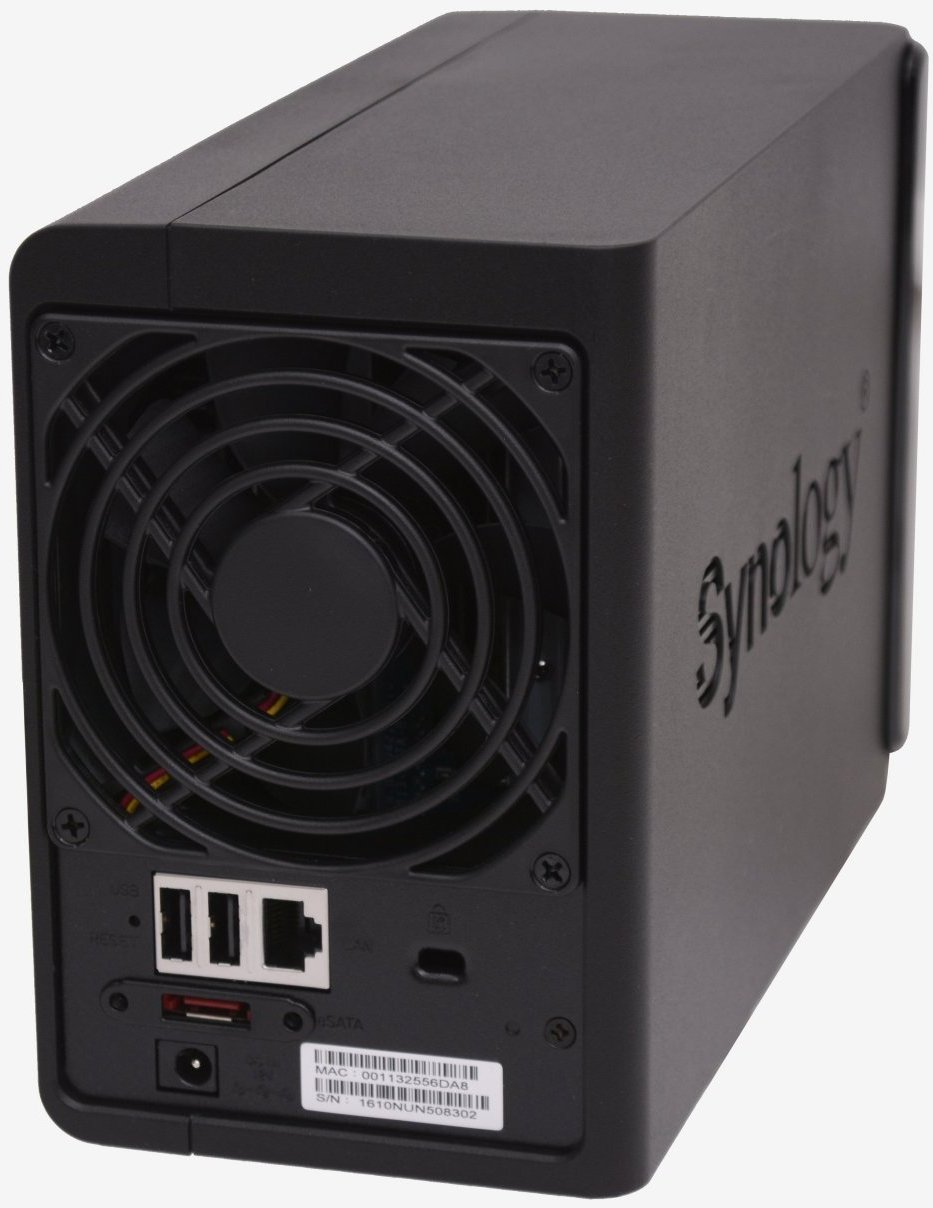It feels like a lifetime ago that we first tested a Synology product. Since reviewing the DS409+ back in 2009, we've published nearly a thousand featured articles and that makes it hard to remember a specific product, especially one this old.
Nonetheless, we recall that even back then it wouldn't have been fair to classify Synology's NAS devices as just 'network attached storage'. Applications such as Photo Station, Audio Station and Download Station for example already existed, and although they have evolved beyond recognition, we got a glimpse of where things were heading seven years ago.
Today Synology's DiskStation range can't truly be described as 'NAS' products any more – they are full blown servers that can handle everything from Cloud based storage to 4K UHD transcoding.
The scope of these devices has become so broad that covering everything in a single review is virtually impossible. That said, today's subject, the DiskStation DS216+, is Synology's latest two-bay device which is currently retailing for $300.
In its current DSx16+ series Synology already has the DS716+ ($450) and DS216 ($280) dual bay models on offer, so what is it that the DS216+ brings to the table?
As you might expect, this mid-range two-bay model is designed to bridge the pricing gap between the DS716+ and DS216. As such you find twice the memory of the DS216 but half that of the DS716+. The SoC has been upgraded from the Marvell Armada 385 of the DS216 to the dual-core Intel Celeron N3050, while the more expensive DS716+ gets the quad-core Celeron N3150.
The DS216+ is aimed squarely at small office and home office usage and frankly it should provide these users with a much better value than the slightly more powerful DS716+.
An exciting feature of the DS716+ which has been handed down to the DS216+ is support for the more modern BTRFS, B-tree file system. Previously, Synology has relied on the EXT4 file system exclusively and this has upset enthusiasts who have been calling for better file system support for years now. Finally, they are getting it and thus far the DS216+ is the cheapest Synology device to support BTRFS.
For this review we'll compare the performance between EXT4 and BTRFS while also checking out the new features offered by Synology's latest DiskStation Manager 6.0 Beta software.
DiskStation DS216+
As mentioned, the DS216+ is powered by an Intel Celeron N3050 SoC which operates its dual-core processor at 1.6GHz with a bust speed of up to 2.16GHz. The SoC is supported by 1GB of DDR3 memory which is non-upgradable and that's a shame.
Using a pair of 8TB hard drives the DS216+ can support a capacity of 16TB, so far the Seagate and HGST 8TB drives have official support as WD is yet to release an 8TB model.
The DS216+ features Synology's clean look chassis, typically found on models designed for home users such as the DS216play and much older models like the DS212+ for example.
The DS216+ measures 165mm tall, 108mm wide and 233.2mm long, which are the same dimensions as most recently released two-bay Synology NAS devices. This modestly sized NAS weighs 1.25kg – typical for a two-bay NAS.
From the front the DS216+ is entirely black. The strip down the right hand side features the power button, copy button, USB 2.0 port and a number of imbedded LED lights which indicate system status, network activity and of course hard drive activity.
The SD card reader which was found on both the DS213+ and DS212+ has been removed from models since then and the DS216+ is no exception, the SD card slot has been blanked off. This was a useful feature for photography buffs so it's disappointing to still see it missing.
The front panel is removable as it is attached by four rubber grommets that pop out when gently pulled. Behind the panel are two removable hot-swappable SATA cages which support 2.5" and 3.5" drives. There is a small push release latch at the top of each cage which allows them to slide out of the DS216+. This is a nice design that is both aesthetically pleasing and highly practical.
The drive cages have been upgraded with Synology's tool-less design which makes installing/removing drives extremely quick and easy.
Around back the design is almost identical to that of previous models. The same custom 92mm fan grill, Ethernet port, eSATA port, 12v DC input and USB ports are present. Unfortunately, the rear USB ports are only spec 2.0 and not the more up-to-date 3.0 spec. This means high speed USB devices should be connected using the front USB 3.0 port.






